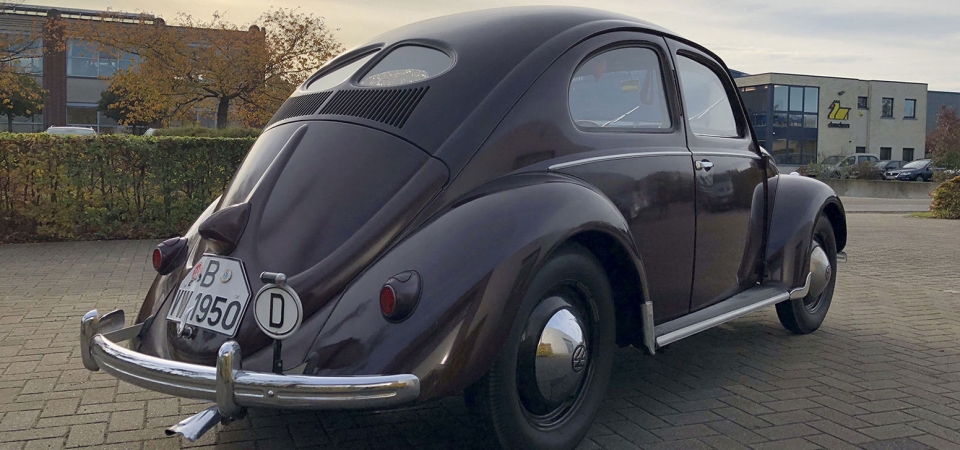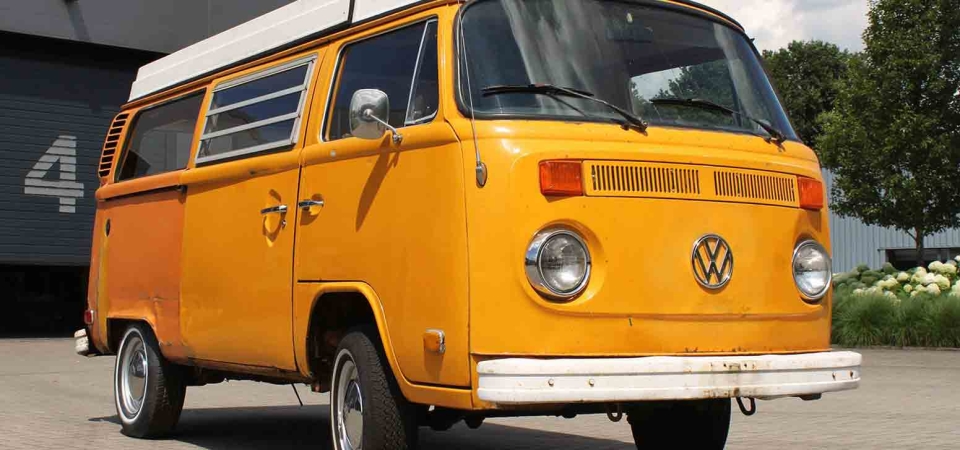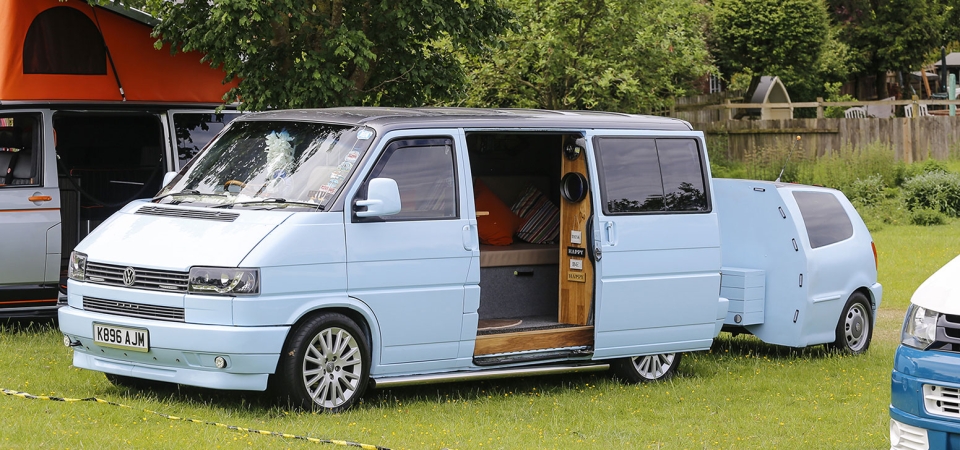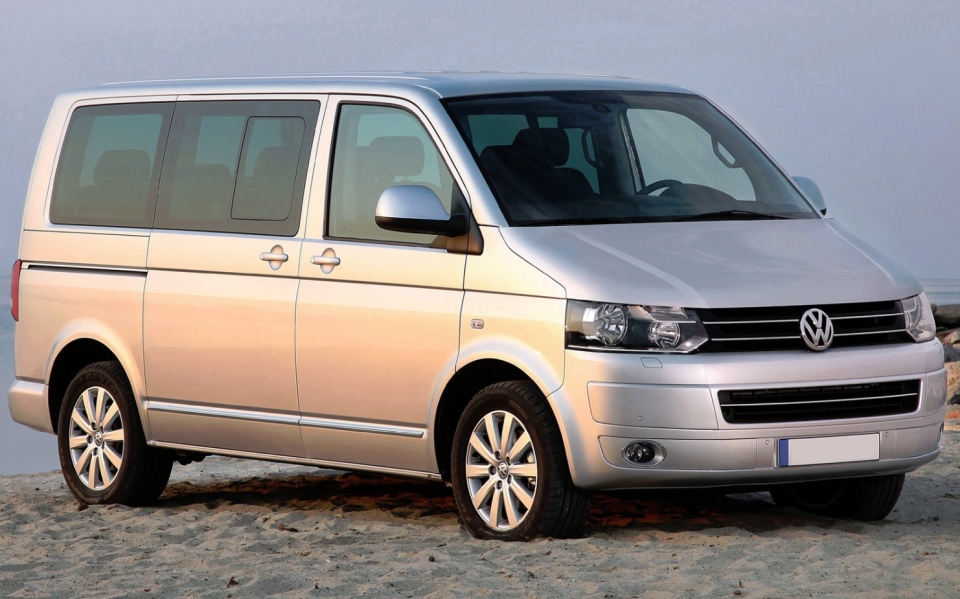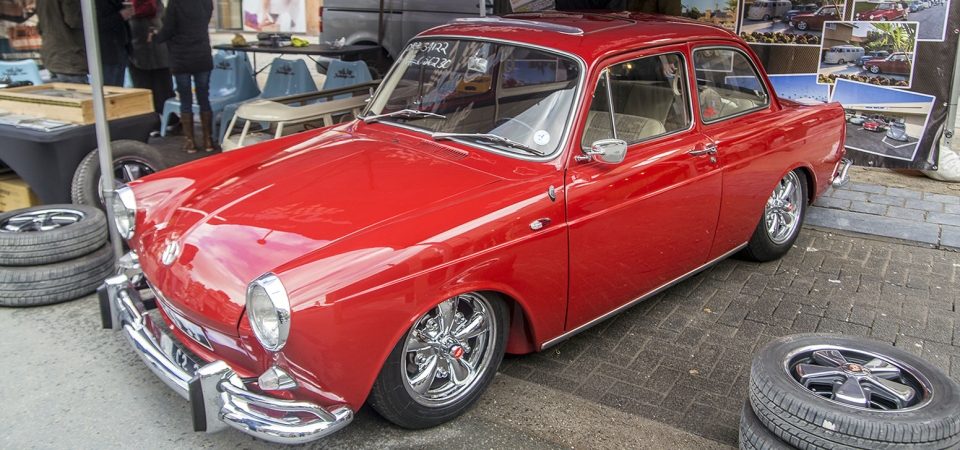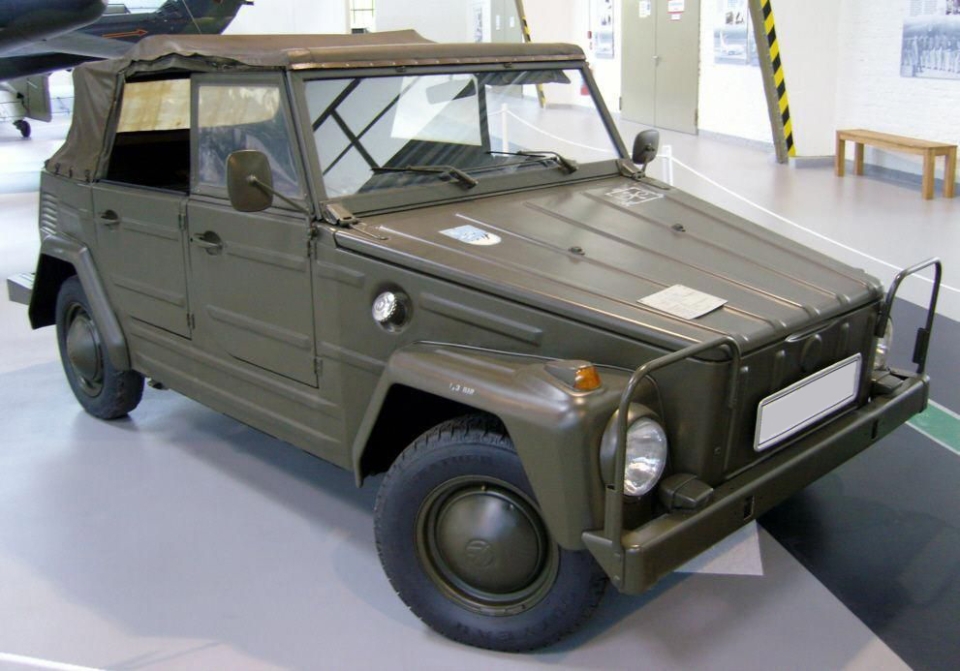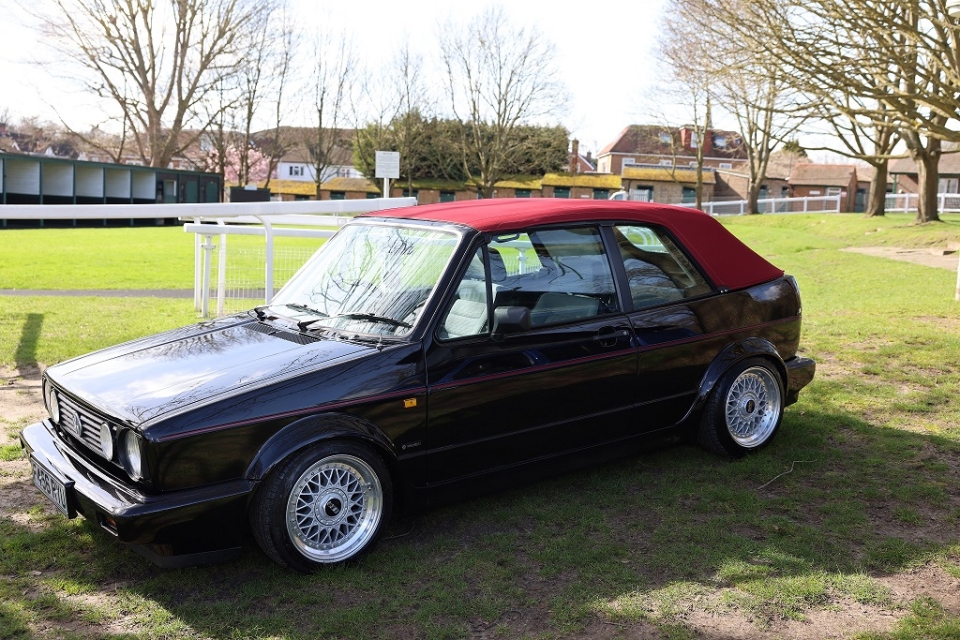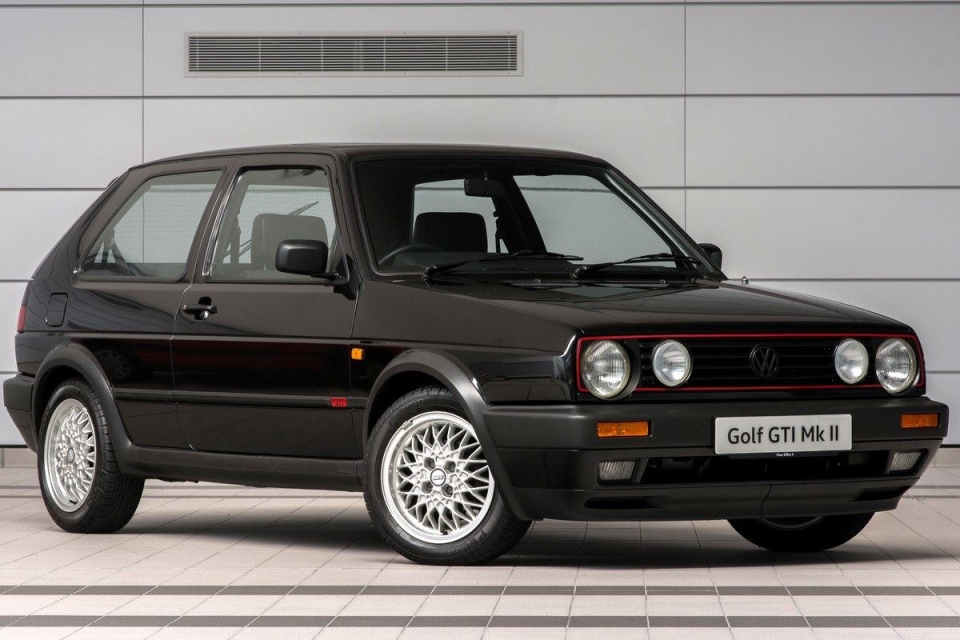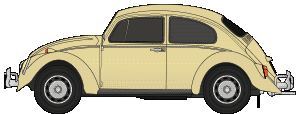T6 Transporter Chassis Codes
From 1965 onwards, Volkswagen used their own 9 or 10-digit chassis numbering system. It was useful for determining the VW model (digits 1 and 2) and the year model (digit 3), but in practical terms not much good for anything else. Other carmakers had also developed their own numbering systems, so there was no worldwide consistency.
After consultation with the world’s carmakers, a new ISO standard was introduced for 1980 and adopted by all makers. Rather than simply being a chassis number as before, the new 17-digit system would be able to uniquely identify every vehicle made by any carmaker in any part of the world. Volkswagen applied the new system for all of their vehicles made from 1 August 1979, the start of the 1980 model year. No VW made since then has had a ‘chassis number’ in the old sense. This is the system used today.
A typical Volkswagen VIN might be WVWZZZ3BZWE689725. All the characters in the string mean something. To understand the code, and be able to identify any Volkswagen made since 1980, we need to explain what the digits mean.
Modern VWs have the VIN located on a plate on the passenger-side of the dash at the base of the windscreen, visible from outside just near the wipers. It is also stamped in the engine bay, or under the dash or behind the seats. Consult your owners’ manual to find the exact location. In NSW there is also a copy of the VIN on your registration papers.

